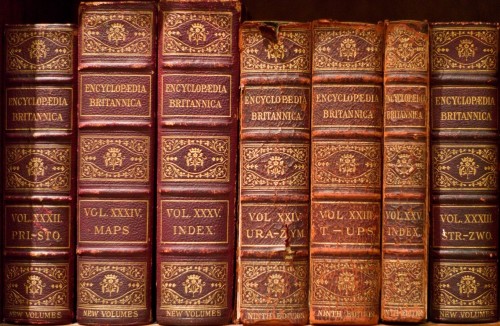by Kevin Alfred Strom
A CREATIONIST MIGHT NOTÂ acknowledge that he is related to a chimp, but he probably would admit that he is related to his own mother. “After all,” he might say, “obviously I share 50 per cent. of my genes with her.”
But that estimate is wildly off the mark. Actually, he shares more than 99.9 per cent. of his genes with her — because, in addition to the obvious one-half direct ancestry, he shares almost all of his ancestry with her in common, because both his parents share almost identical common ancestry too. Go back a few dozen centuries, and they’re practically all the same people.
Common ancestry is the only rational explanation, and it is the full explanation, for the near-total agreement between the gene-patterns of father, mother, and child.
Common ancestry is also the only reasonable explanation for the astonishingly high degree of genetic similarity between humans and other mammals.
The genetic similarity of a man and a mouse, for example, is about 92 per cent.
It is as if you had a hypothetical 100-volume set of the Encyclopaedia Britannica, with each volume consisting of 1,000 pages of very small type on onionskin paper, 100,000 pages in all — and then compared it to another, unknown, encyclopedia, and discovered that its first 92,000 pages were absolutely identical to those in the Britannica (to say nothing of the fact that the remaining 8,000 pages had a lot of similarities too).
Could that be a random coincidence? Could the two encyclopedias have just by some sort of luck, or by the very nature of encyclopedia-writing, turned out to be that similar? I don’t think so. It should be obvious to anyone not inebriated by Maury Povich, Benny Hinn, or Jack Daniels that one was derived from the other — or that both were derived from a common source.
Mice and men share so many — almost all, in fact — of our genes because we share many, many common ancestors.
Common genes equals common ancestors.
The percentage of genes we share with other species is a measure of how many common ancestors we share with them — and that itself is a measure of how long ago we diverged from them.
Bearing that relationship in mind, consider that we share 44 per cent. of our genes in common with fruit flies — 26 per cent. with yeast — and almost 20 per cent. in common with a grain of wheat.
That is proof — as absolute as it is possible to get in this imperfect world — that there was a time, long long ago, when our ancestors, and wheat’s ancestors, were the same species.
For even in a case where “only” the first twenty volumes of the encyclopedia — 20,000 pages — were word-for-word identical with our Britannica, who would be so foolish as to say they had no common source?

